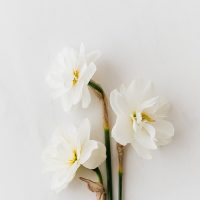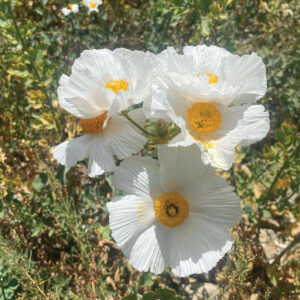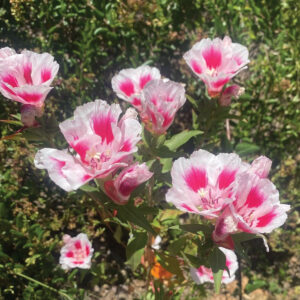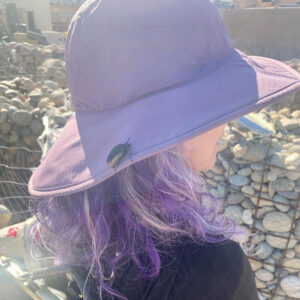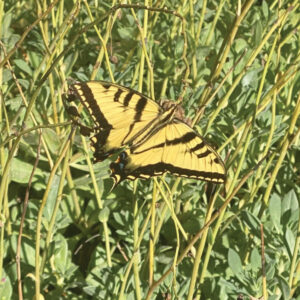Being a Landscape Designer in Santa Clarita, I love using Achillea (Yarrow) in my designs so I thought I’d put together some tips for taking care of it after you have planted it in your garden. Here in Southern California the yarrow is still up and green, and may be much of the year depending on our weather.
Achillea is a drought tolerant, California native perennial that grows by rhizomes and is supposed to go deciduous in winter. Well, there is still time because technically it is not yet winter – but the yarrow I’ve seen lately shows no signs of deciduosity! (No probably not a word, just thought it was cool). Yarrow is hardy from zones 3-10, so it is a very versatile plant, and yes I’m sure it is deciduous by now in the lower numbered zones.
They have beautiful fern like foliage, and wide variety of colorful flower choices (white, yellow, pinks, reds, and even lavender) that rise above the foliage in flat-topped clusters of daisy shaped flowers. Achillea is deer resistant, so you aren’t planting salad for your buddies; however they do attract beneficials such as butterflies and bees. They are also are said to repel ants, flies, mosquitoes, and beetles, sounds like an almost perfectly balanced plant when it comes to insects.
They are great in a native California garden, drought tolerant bed, Cottage/Informal garden or even a rock garden, make a nice dried flower in an arrangement and they even make a lovely ground cover. Be careful about over watering, because they can take the water well, but become invasive.
Preferring fast draining soil and full to part shade, they are pretty low maintenance and very pest free. Achillea generally starts blooming in June, and if you deadhead regularly you should be able to keep them blooming right into the Fall (September for sure and maybe later). If you don’t deadhead through out flowering time be sure to dead head in the fall (September/October) so that they can get through the winter better.
They can be dug up and divided by pulling off the litte baby plantlets that you find. You can also plant any seeds you collect, but they will likely not be the same as your parent plants so instead of seed collecting why not find a friend with yarrow you love and do a little trading?
I love to plant my Achillea with Nepeta (Catmint) native salvias, sedums and even euphorbias. They look and play very well together.
So to wrap up I’ll tell you a little story, Achillea is named for the mythological Greek hero Achilles. In Homer’s Iliad his soldiers used achillea to treat their wounded comrades, this gave rise to Yarrow’s additional common names of Bloodwort or All Heal. (Sounds like a good reason to classify this as perfect for a Healing Garden)
Now I can’t end this without a shout out to my favorite local Achillea grower, Worldwide Exotics Nursery in Lake View Terrace, California has a great selection of Yarrow and Sara Scissorhands takes great photos, so I had to steal one for this post. Visit them for a great selection of “torture friendly’ plants.
If you would like help beautifying your life, think about creating a garden with me. You can call me at 661-917-3521, contact me via email at julie@thegrassisalwaysgreener.net or visit my website.






